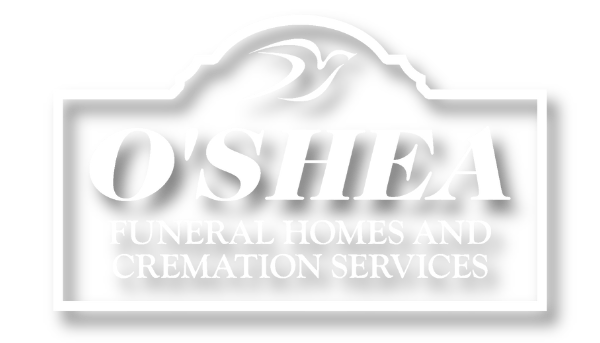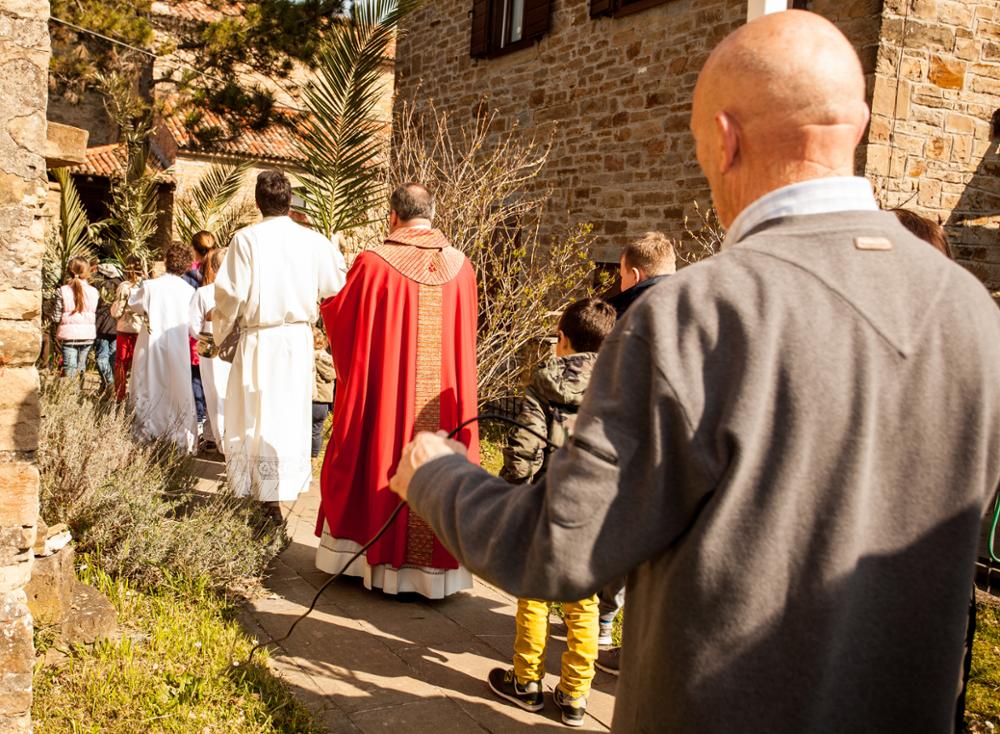Unique Memorials From Around The World
Tibet
While sky burial is the first that many people think of when it comes to unique burial customs practiced in Tibet, there are actually quite a number of others practiced all over the region, with many of this being even more unique and interesting than sky burials, which is a standard part of Tibetan Buddhism funeral rites.
Stupa Burial is considered to be the most sacred form of burial in Tibet and is reserved only for the Dalai Lama, Panchen Lama, or the Living Buddha, according to custom. It involves the corpse being embalmed, dehydrated, and wrapped with herbs and spices. The corpse is then moved to a holy monument for further worship and prayer.
Fire burial is basically the Tibetan form of cremation, with the scattering of ashes being a traditional custom. This scattering can be conducted on holy land or elsewhere, with many people opting to scatter the ashes in the wind from a hilltop or in a river.
Water burial involves the corpse being wrapped in white cloth and left to drift. This is considered to be a lower form of burial by some, but it does still have a very strict set of rules and guidelines to follow.
Earth Burial is the lowest form of burial, according to TIbetan custom, with sky burial still being the most popular form. Tibetans believe that this form of burial is unclean and it is practiced only very rarely.
One last form of burial in Tibet is a cliff burial , wherein a body is placed in a wooden box that is then housed in a cave that is only accessible by traversing a cliff face. These boxes are sometimes placed in caves that are 1,000 feet above the ground, but most cliff caves are only a few hundred feet up.
Cambodia
In Cambodia, they also maintain Buddhist funeral rites, but in the customs of Therevada Buddhism. They see death as part of a never-ending circle, with death symbolizing the end of one life cycle and the beginning of another. In Cambodia, those closest to the deceased are tasked with caring for the body until burial. This is almost always performed by immediate family members.
They wash and dress the body, along with placing it in its coffin. There is no embalming process here because they do not wish to affect the start of the life cycle with any form of desecration. After three days, a procession sees the coffin carried to a crematorium, with the ceremony being overseen by a priest upon arrival. The ashes are not scattered afterward, but kept within the temple’s walls to allow the monks to assist the spirit in its journey towards rebirth.
Another two ceremonies are held after the cremation ceremony, with one occurring seven days after death, and another taking place one hundred days later. These are meant to help the remaining family overcome their grief by adhering to a strict set of religious guidelines.
We’re always accepting of nontraditional or unique forms of burial and welcome you to request any particular rites that you prefer. Furthermore, if you need any help brainstorming ideas, feel free to give us a call at Charles J O’Shea Funeral Home. Our staff are more than willing to assist you in any way they can.




Comments